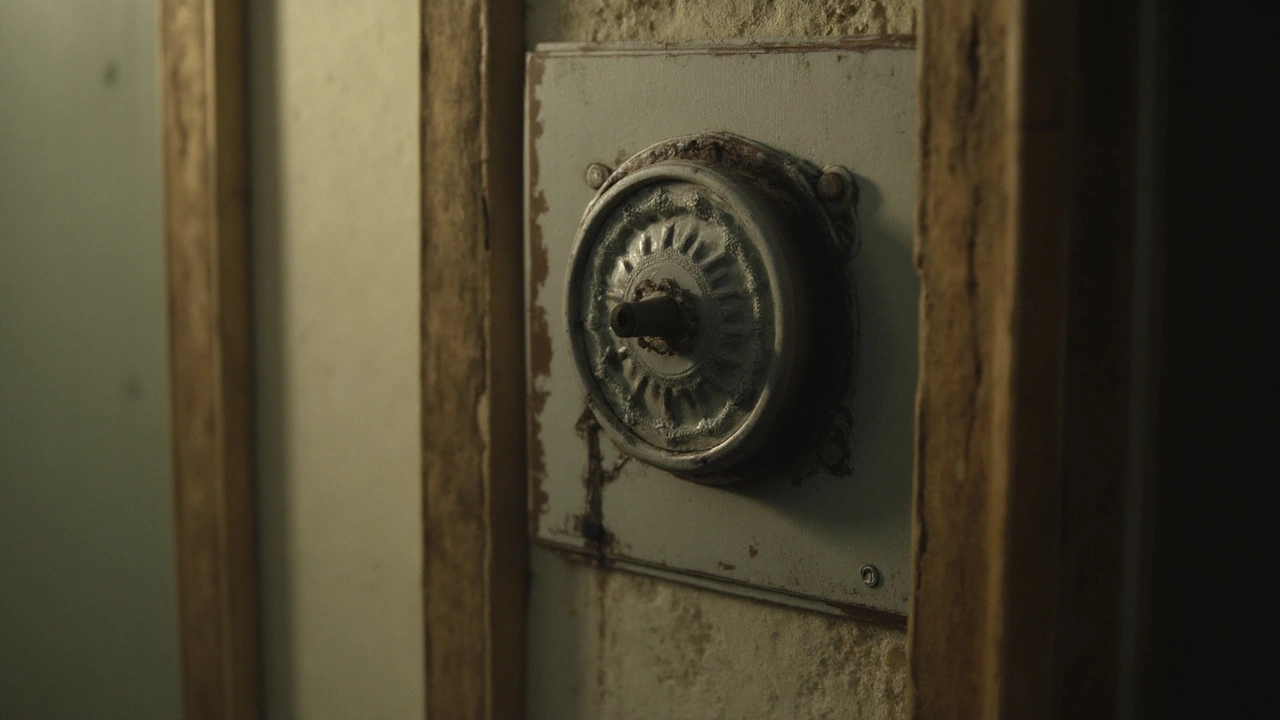Why Does My Water Heater Keep Tripping?
If you’ve ever hit the reset button on your water heater only to see it trip again minutes later, you know how frustrating it can be. Cold water in the middle of a shower isn’t just uncomfortable—it can also mean a bigger problem lurking behind the scenes. Below we’ll break down the most common reasons your heater trips, what you can safely check yourself, and when you should pick up the phone and call a professional.
Common Reasons for Tripping
Most water‑heater trips are caused by one of three things: overheating, electrical faults, or a failing component. Overheating happens when the thermostat or heating element runs too hot and the built‑in safety switch shuts the unit off. Electrical faults could be a loose wire, a worn‑out breaker, or even a short in the wiring. Finally, a bad heating element or a cracked tank can also cause the system to shut down to protect itself.
Another sneaky culprit is a high demand on the circuit. If you have other big appliances sharing the same breaker—like a dryer or electric oven—the combined load can exceed the breaker's rating, causing it to trip every time the heater tries to heat water. In older homes, outdated wiring or corroded connections can create resistance, which heats the wires and trips the breaker as a safety measure.
Simple Checks You Can Do
Before you call a pro, there are a few quick checks you can perform safely. First, locate the reset button on the heater—usually a red or black button near the thermostat. Press it and see if the heater stays on for a few minutes. If it trips again within 5‑10 minutes, you likely have an overheating issue.
Next, turn off the power at the breaker and inspect the wiring connections. Look for any loose terminals, signs of scorching, or burnt smells. Tighten any loose screws, but don’t try to replace wires yourself unless you’re comfortable working with electricity.
Another easy test is to check the heating element for buildup. Turn off the power, remove the access panel, and look for scale or mineral deposits on the element. A thin coating can cause the element to overheat and trip the safety switch. If you see a lot of buildup, gently clean it with a brush and some white vinegar, then re‑assemble and test.
If your house has a dedicated 30‑amp breaker for the water heater, make sure the breaker itself isn’t worn out. Breakers can weaken over time and trip at lower loads. You can reset the breaker, but if it continues to trip, it’s a clear sign the breaker needs replacing.
Lastly, consider the water temperature setting. Very high temperatures force the heater to work harder, raising the chance of overheating. Dropping the thermostat a few degrees can reduce strain and stop the trips.
If after these checks the heater still keeps tripping, it’s time to call a qualified appliance repair professional. Persistent trips often point to a failing heating element, a cracked tank, or a deeper electrical issue that requires expert tools and knowledge.
At Wells Appliance Repairs, our technicians are Gas Safe and F‑Gas certified, so we can safely diagnose and fix any water‑heater problem. We’ll test the thermostat, replace faulty parts, and make sure the electrical circuit is up to code. Fast, reliable service means you won’t be left in the cold for long.
In short, a water heater that keeps tripping is usually trying to protect itself from overheating, a bad connection, or an overloaded circuit. Simple DIY checks can help you spot the obvious issues, but don’t hesitate to get a pro involved when the problem persists. A well‑maintained heater not only saves you from cold showers but also extends the life of the unit and keeps your energy bills in check.
What Happens If You Keep Resetting Your Water Heater? Risks, Fixes, and Safe Steps
0 Comments
If your water heater keeps tripping, stop hammering reset. Learn the real risks, quick checks, safe resets, when to call a pro, and how to fix it for good.
Read More